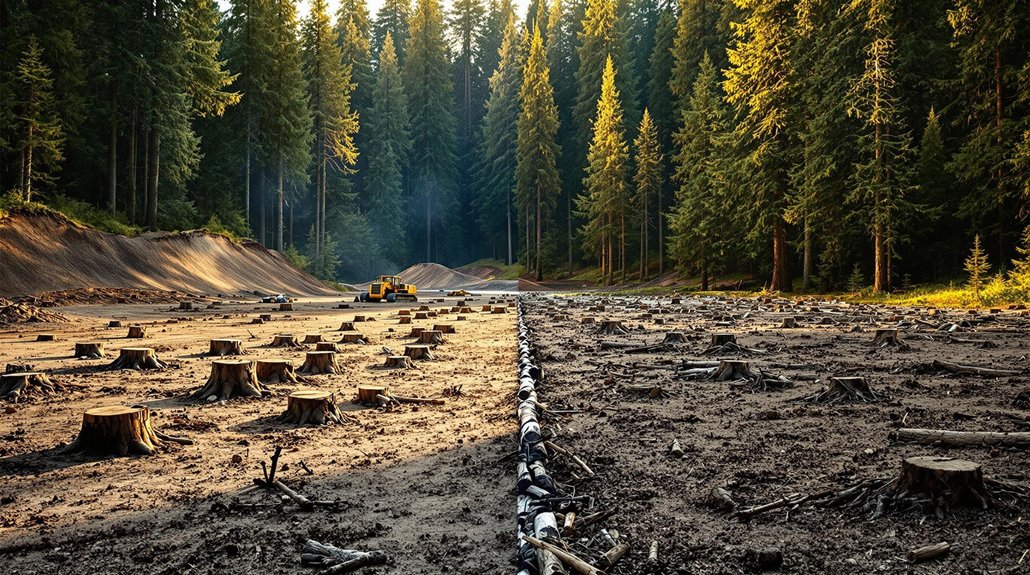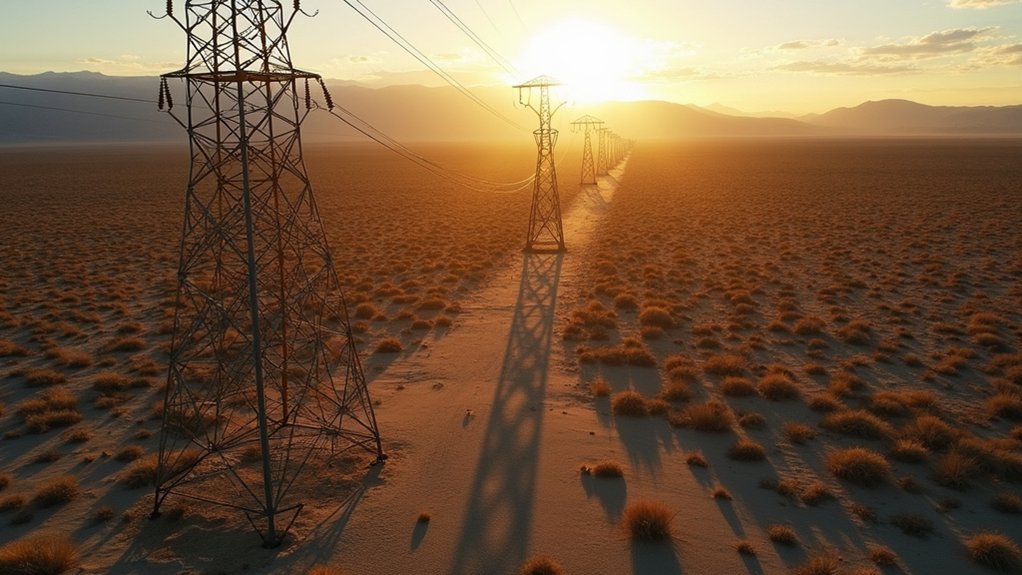Nearly seven million hectares of primary rainforest disappeared from the tropics in 2024, setting a devastating new record. This loss, approximately the size of Panama, occurred at the alarming rate of 18 football fields per minute – almost double the rate observed in 2023.
Massive fires served as the main driver behind this unprecedented forest destruction. Severe drought conditions created perfect conditions for flames to spread through major forest regions. The 2024 forest loss released 3.1 gigatonnes of greenhouse gases into the atmosphere, slightly more than India’s annual CO2 emissions from fossil fuels.
Extreme drought created a tinderbox in the tropics, fueling devastating fires and pumping 3.1 gigatonnes of carbon into our atmosphere.
Brazil bore the brunt of this environmental disaster, accounting for 42% of all tropical primary forest loss. Fires caused 66% of Brazil‘s forest destruction, representing a sixfold increase from the previous year. The Brazilian Amazon experienced its worst drought on record, which amplified the damage from fires. This devastating loss is especially concerning as tropical forests store 40% of Earth’s carbon, making them crucial in the fight against climate change.
Bolivia faced particularly dire circumstances, with forest loss increasing by 200% in 2024. The country lost 1.5 million hectares of primary forest, overtaking the Democratic Republic of Congo to rank second for tropical forest loss globally. More than half of Bolivia‘s forest destruction came from fires. Wildfires became the leading cause of tropical primary forest loss globally, accounting for nearly 50% of all destruction.
Many of these fires began as controlled burns for agricultural clearance but quickly grew into uncontrollable megafires due to drought conditions. High commodity prices historically encourage large-scale deforestation as land is cleared for industrial plantations of crops like soy or for cattle ranching.
The Amazon rainforest faces a particularly uncertain future. Pessimistic projections suggest it could lose in five years half of what was lost in the previous two decades – potentially 23.7 million hectares, an area almost as large as the United Kingdom.
While Brazil has made progress under President Lula’s administration, significant threats to forests remain. The world had 3.68 billion hectares of natural forest in 2020, covering 28% of global land area, but this rapidly shrinking resource now faces unprecedented pressures. The total area of global forest loss in 2024 reached a staggering 30 million hectares, equivalent to the entire land area of Italy.
References
- https://gfr.wri.org/latest-analysis-deforestation-trends
- https://www.wri.org/news/release-global-forest-loss-shatters-records-2024-fueled-massive-fires
- https://www.globalforestwatch.org/dashboards/global/
- https://news.mongabay.com/2024/12/rainforest-outlook-2025-storylines-to-watch-as-the-year-unfolds/
- https://infoamazonia.org/en/2023/03/21/deforestation-in-the-amazon-past-present-and-future/








